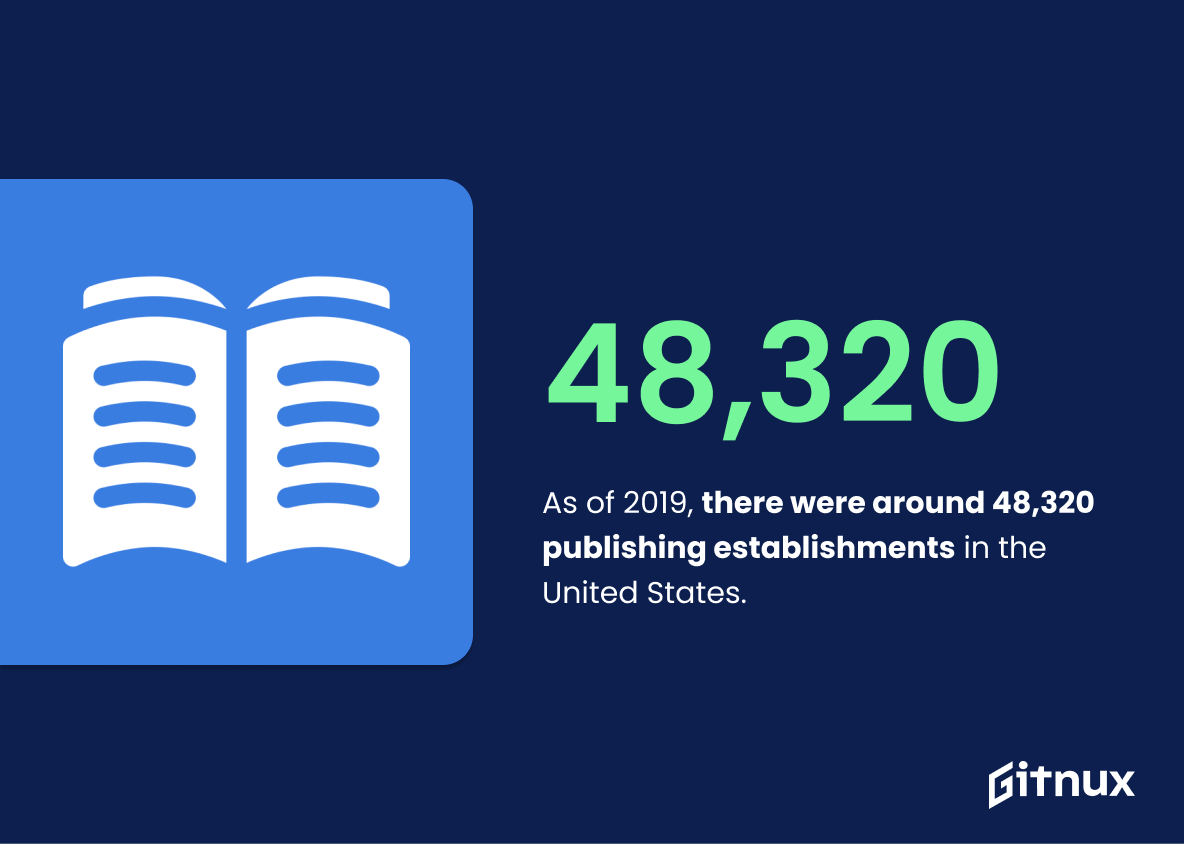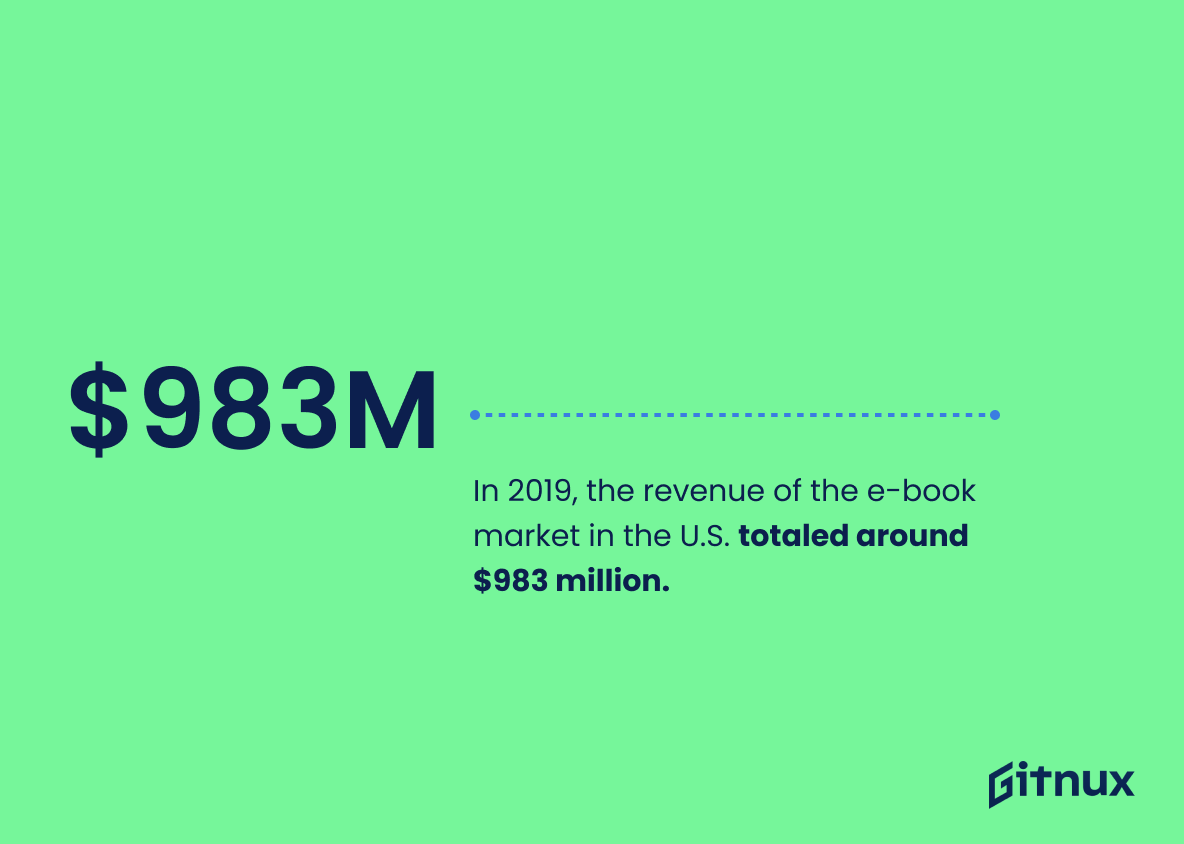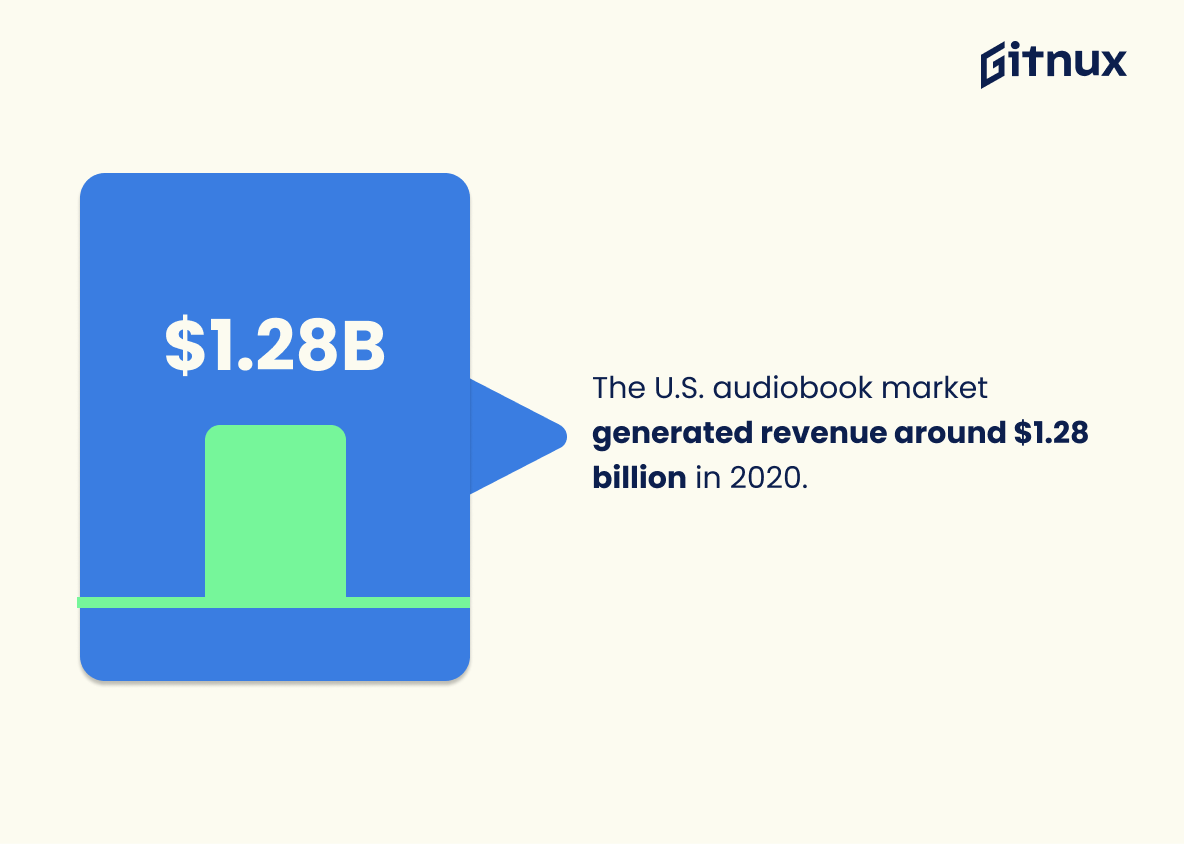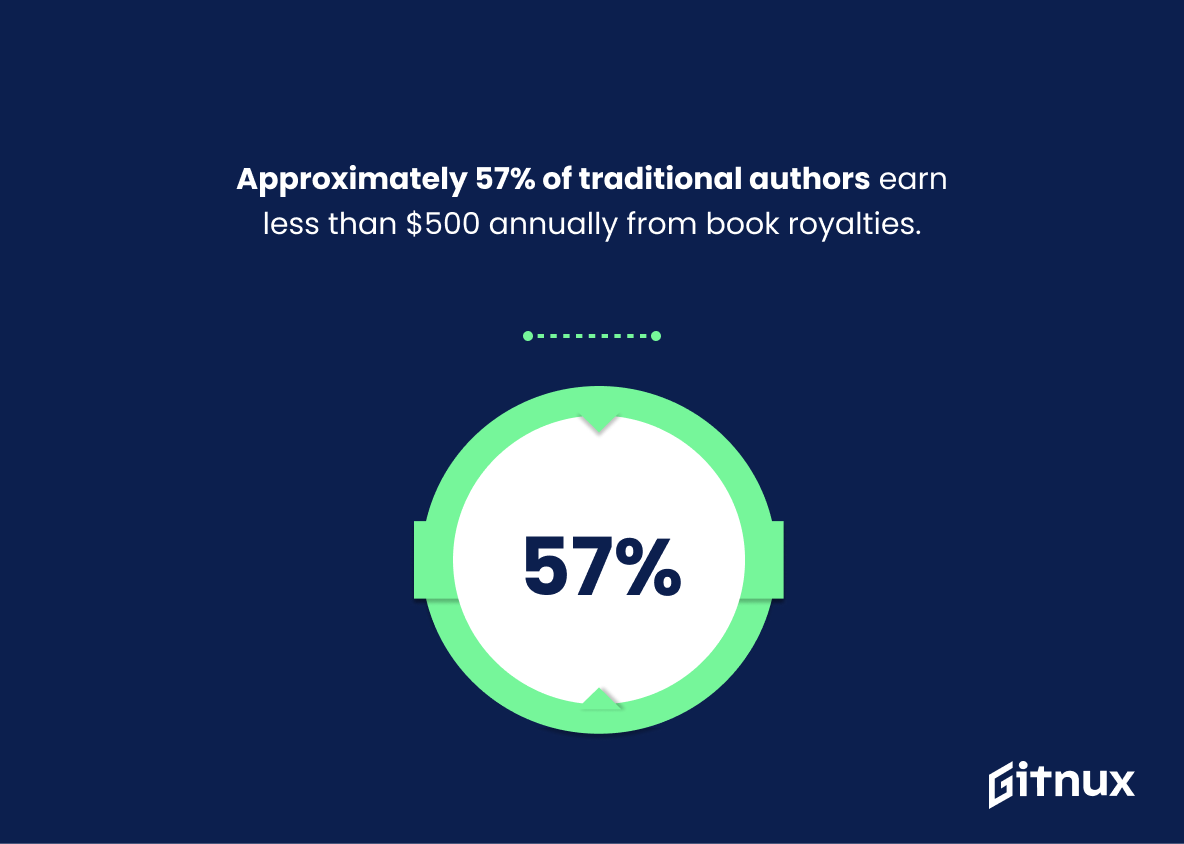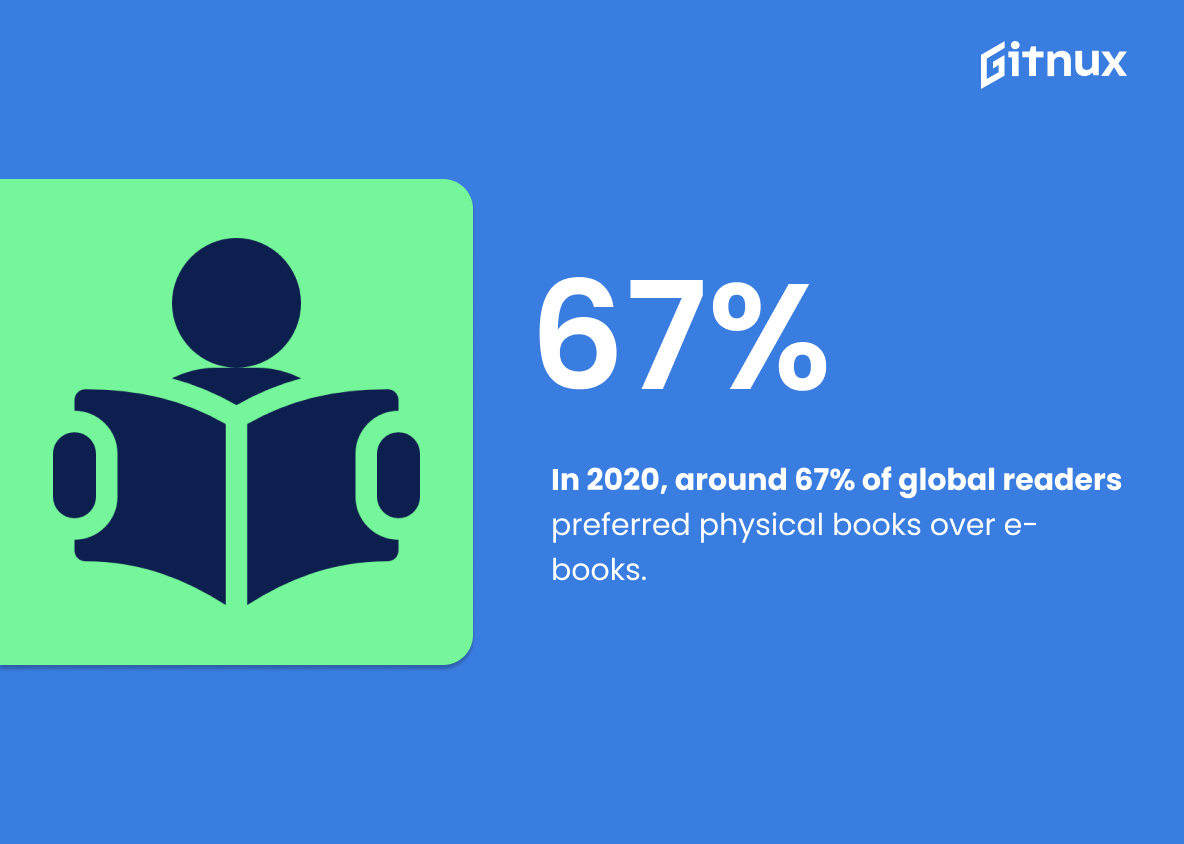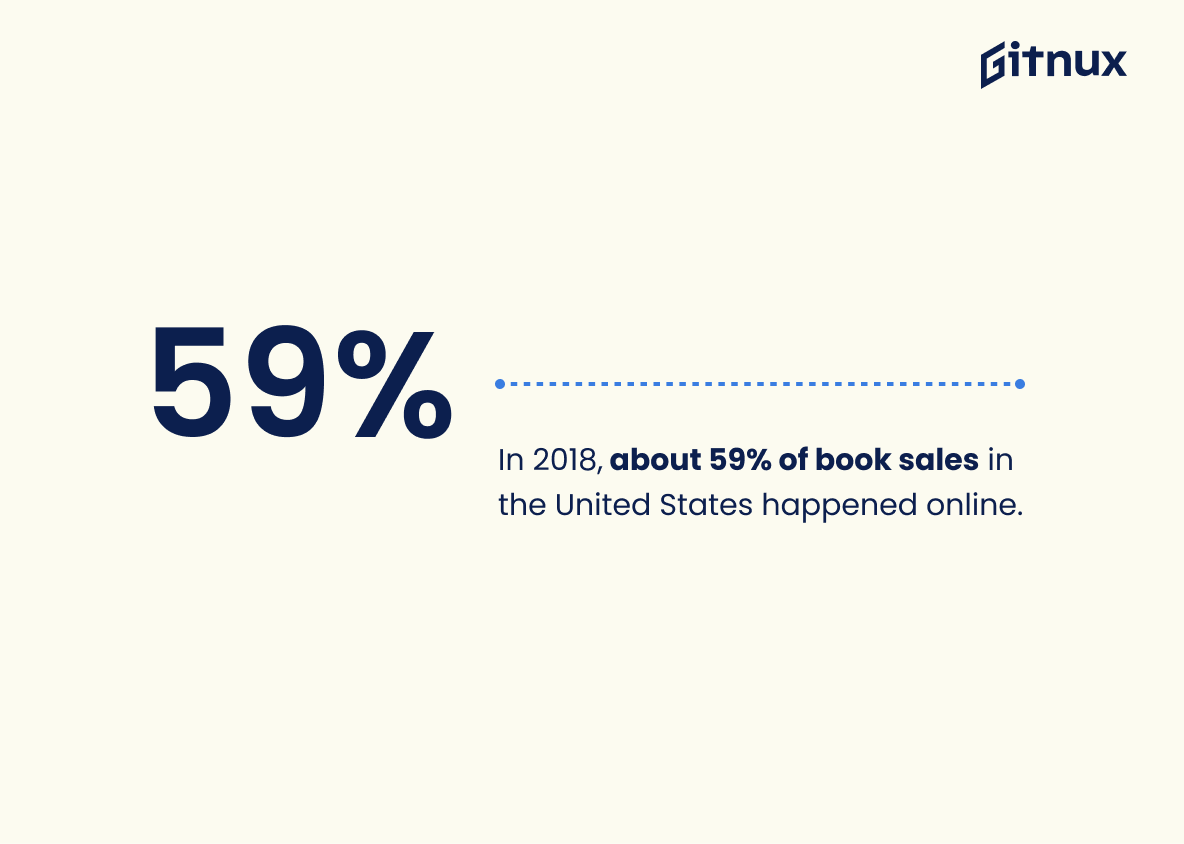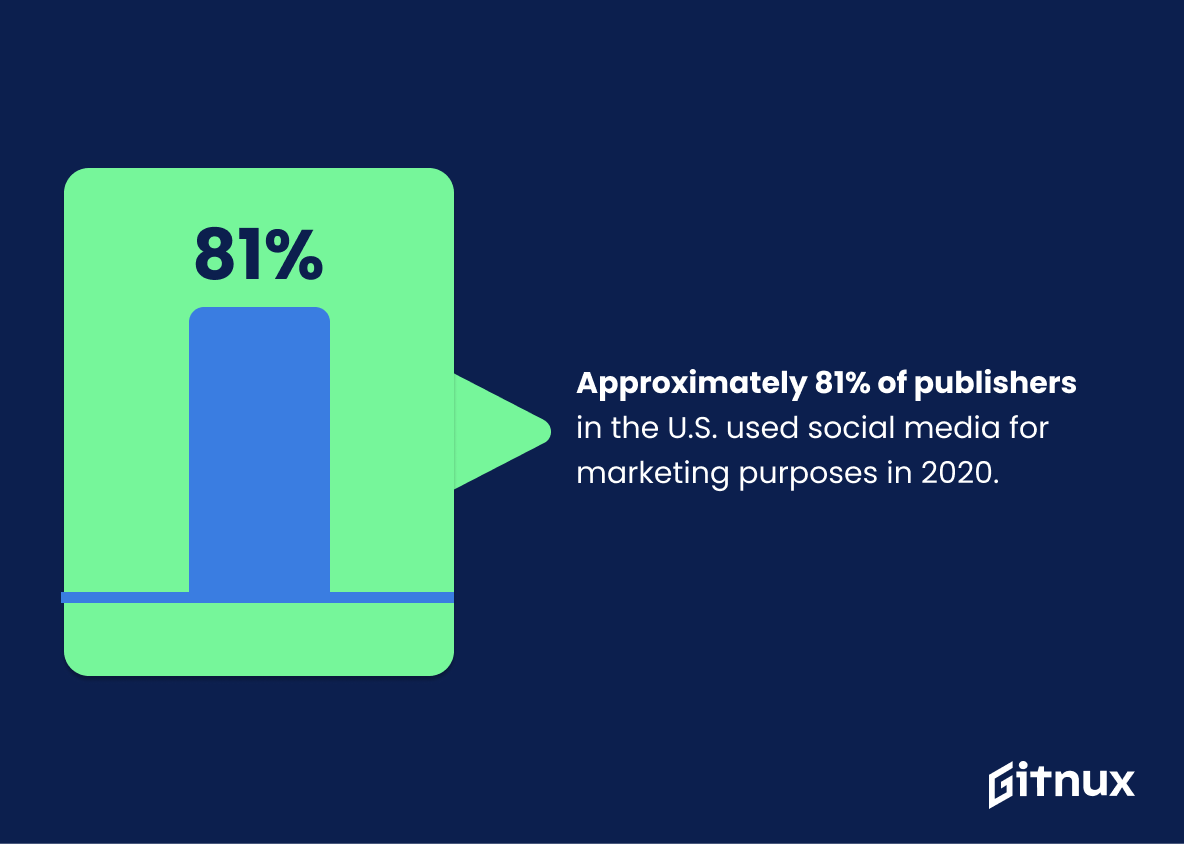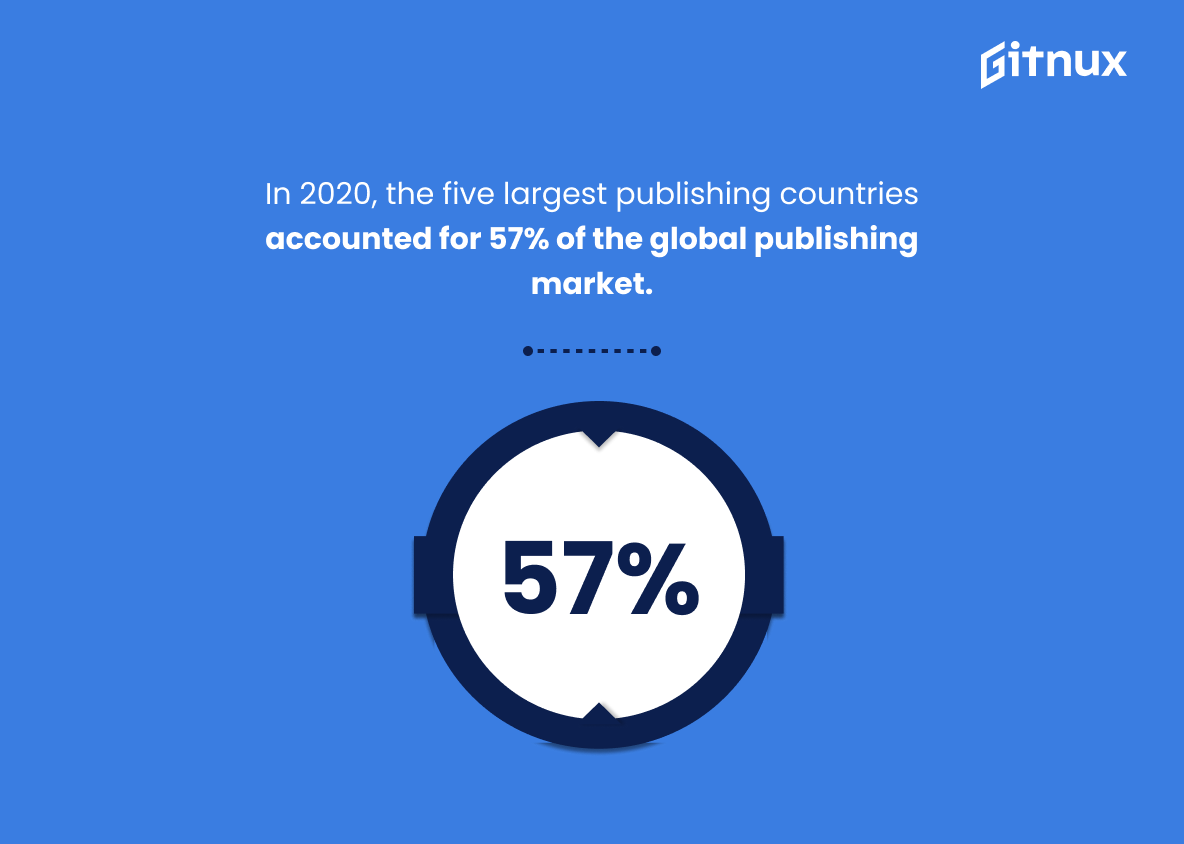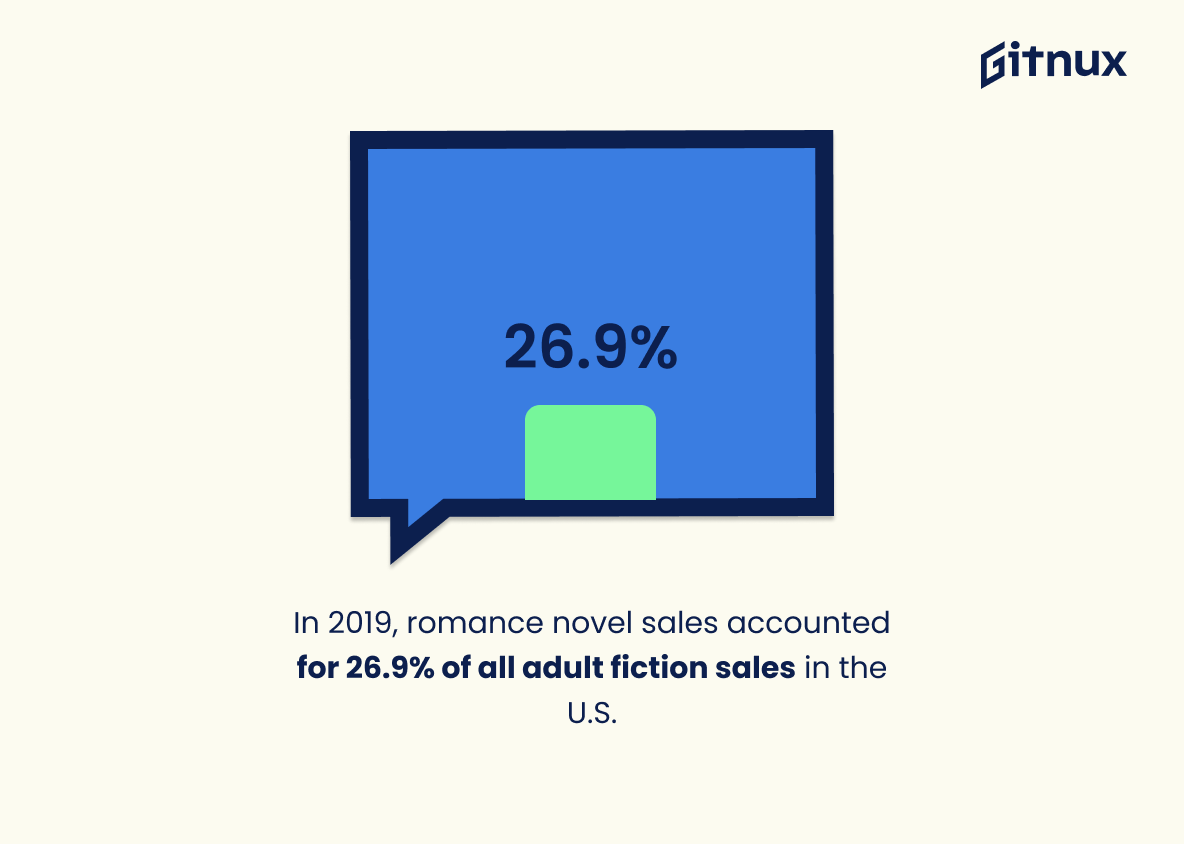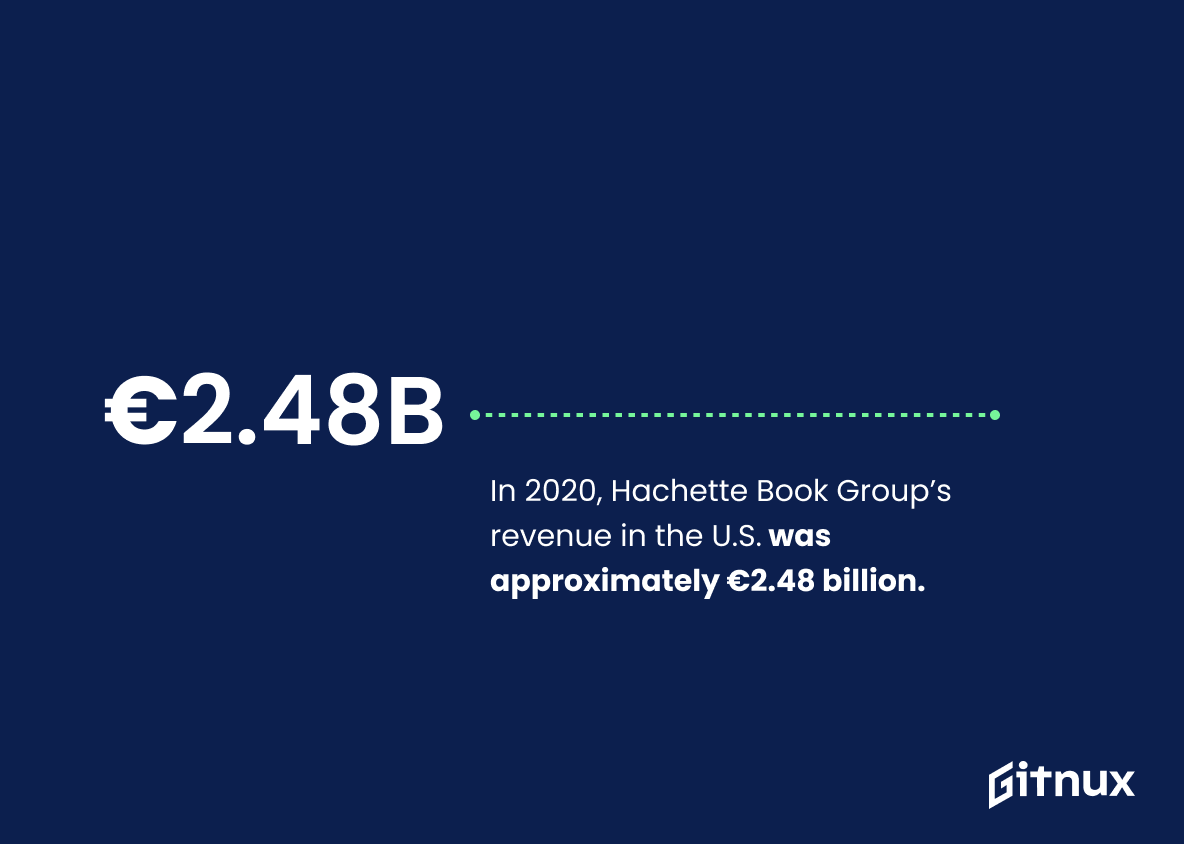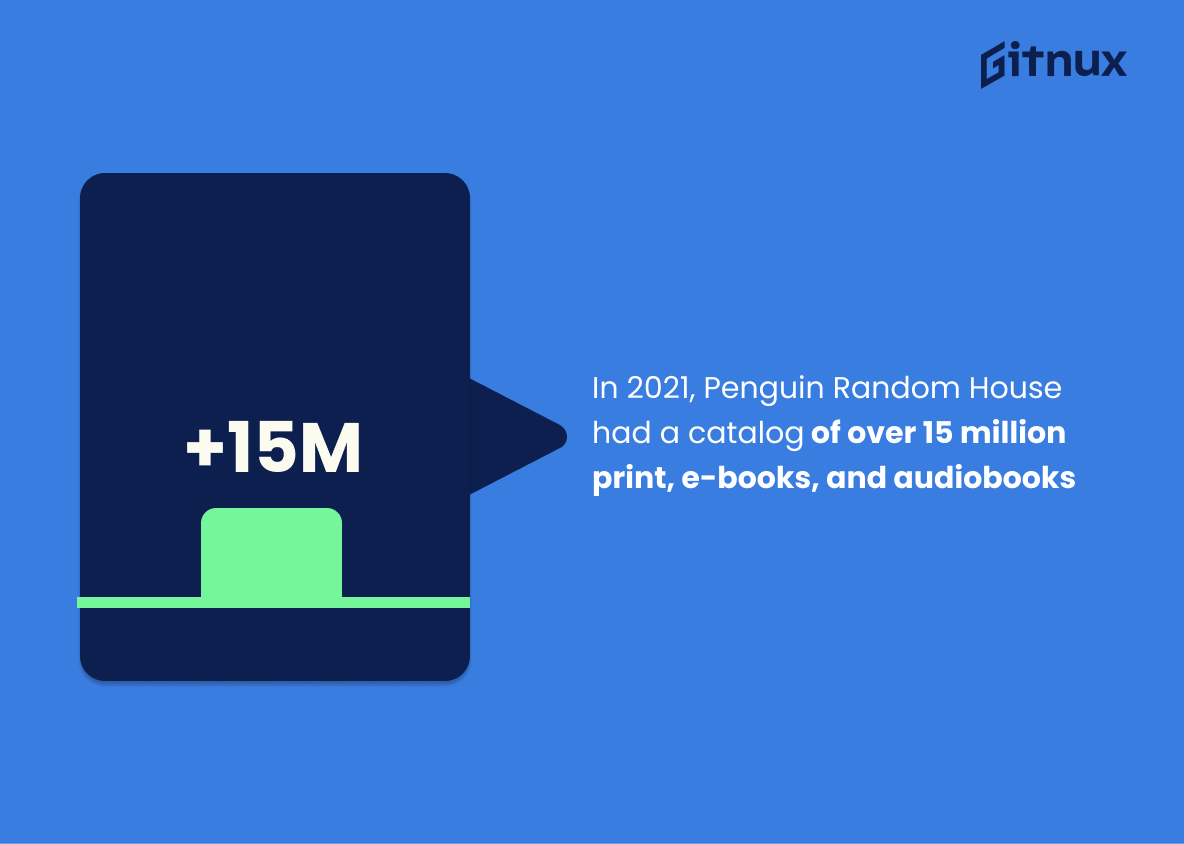The publishing industry is a vast and ever-evolving sector that has seen tremendous growth in recent years. From the global book industry being worth around $103 billion to the U.S. audiobook market generating revenue of approximately $1.28 billion, there are many impressive statistics about this field that demonstrate its success and potential for further expansion.
In 2020 alone, 675 million printed books were sold in the United States while self-publishing platforms helped publish more than 1.8 million titles worldwide during 2019–2020 period – both figures showing an increase from previous years’ numbers as well as highlighting how digital formats have become increasingly popular among readers over time. Additionally, it’s estimated that 59% of book sales happened online in 2018 with 81% of publishers using social media for marketing purposes last year too; these stats indicate just how much technology has impacted traditional methods within this sector and will likely continue to do so moving forward into 2021 and beyond.
This statistic is a testament to the immense size and scope of the publishing industry. It serves as a reminder of the sheer magnitude of the industry and the potential for growth and success within it. It also highlights the importance of the industry in the global economy, and the potential for it to have a significant impact on the lives of many people.
In 2020, the revenue of the U.S. book publishing industry was roughly $25.71 billion.
This statistic is a testament to the immense success of the U.S. book publishing industry in 2020. It highlights the industry’s ability to generate a substantial amount of revenue despite the challenges posed by the pandemic. This statistic is an important indicator of the industry’s overall health and provides valuable insight into the current state of the publishing industry.
Publishing Industry Statistics Overview
As of 2019, there were around 48,320 publishing establishments in the United States.
This statistic is a telling indication of the size and scope of the publishing industry in the United States. It speaks to the sheer number of establishments that are involved in the production and distribution of books, magazines, and other printed materials. It also serves as a reminder of the importance of the publishing industry in the US economy, and the impact it has on the lives of millions of people.
Approximately 675 million printed books were sold in the U.S. in 2020.
This statistic is a testament to the enduring power of the printed book in the digital age. It shows that despite the rise of e-books and other digital formats, printed books remain a popular choice for readers. This statistic is a reminder that the publishing industry is still thriving and that books remain a popular form of entertainment and education.
In 2019, the revenue of the e-book market in the U.S. totaled around $983 million.
This statistic is a telling indication of the impact of the e-book market on the publishing industry. It demonstrates the immense potential of digital publishing and the growing demand for e-books. This statistic is a valuable insight into the current state of the publishing industry and provides a glimpse into the future of the industry.
The U.S. audiobook market generated revenue around $1.28 billion in 2020.
This statistic is a testament to the immense growth of the audiobook market in the United States. It highlights the increasing demand for audiobooks and the potential for publishers to capitalize on this trend. It also serves as a reminder of the importance of staying up-to-date with the latest publishing industry statistics in order to remain competitive.
Roughly 57% of traditionally published authors make less than $500 per year from book royalties.
This statistic serves as a stark reminder of the harsh realities of the publishing industry. It highlights the fact that the majority of traditionally published authors are not able to make a living from their writing, and that the industry is still largely dominated by a few big players. It is a sobering reminder that the publishing industry is still far from being a level playing field for authors.
In 2020, around 67% of global readers preferred physical books over e-books.
This statistic is a telling indication of the current state of the publishing industry. It shows that physical books are still the preferred choice for many readers, despite the increasing availability of e-books. This statistic is important for understanding the preferences of readers and how the publishing industry can best meet their needs.
Approximately 17% of professional writers in the UK earned their income solely from writing in 2018.
This statistic is a telling indication of the state of the publishing industry in the UK. It shows that while a significant portion of professional writers are able to make a living solely from writing, the majority are not. This highlights the need for writers to diversify their income streams in order to make a sustainable living. It also speaks to the need for publishers to provide more support and opportunities for writers to make a living from their craft.
In 2018, about 59% of book sales in the United States happened online.
This statistic is a telling indication of the changing landscape of the publishing industry. It demonstrates that the majority of book sales are now happening online, which is a significant shift from the traditional brick-and-mortar model. This shift has implications for the industry as a whole, from the way books are marketed and distributed to the way authors are compensated for their work. Understanding this statistic is essential for anyone looking to gain insight into the current state of the publishing industry.
Approximately 81% of publishers in the U.S. used social media for marketing purposes in 2020.
This statistic is a telling indication of the importance of social media in the publishing industry. It shows that the majority of publishers in the U.S. recognize the value of leveraging social media to reach their target audiences and promote their products and services. This statistic is especially relevant for blog posts about publishing industry statistics, as it provides insight into the current trends and strategies being employed by publishers.
In 2020, the five largest publishing countries accounted for 57% of the global publishing market.
This statistic is a telling indication of the immense influence the five largest publishing countries have on the global publishing market. It highlights the importance of understanding the dynamics of the publishing industry in these countries in order to gain a better understanding of the industry as a whole. This is especially pertinent for a blog post about Publishing Industry Statistics, as it provides a valuable insight into the current state of the industry.
About 64% of children’s book revenue in 2020 was from print books.
This statistic is a telling indication of the continued importance of print books in the publishing industry. Despite the rise of digital media, print books remain a major source of revenue for children’s books, demonstrating the enduring appeal of physical books. This statistic is a valuable insight into the publishing industry and provides a useful benchmark for understanding the industry’s current state.
In 2019, romance novel sales accounted for 26.9% of all adult fiction sales in the U.S.
This statistic is a telling indication of the immense popularity of romance novels in the U.S. publishing industry. It demonstrates that romance novels are a major force in the adult fiction market, and that publishers should take note of this trend when considering their publishing strategies. This statistic is also important for understanding the overall landscape of the publishing industry, as it provides insight into the types of books that are resonating with readers.
In 2020, Hachette Book Group’s revenue in the U.S. was approximately €2.48 billion.
This statistic is a testament to the success of Hachette Book Group in the U.S. publishing industry. It shows that the company has been able to generate a significant amount of revenue in a challenging year, demonstrating its resilience and ability to adapt to changing market conditions. This statistic is an important indicator of the overall health of the publishing industry and provides valuable insight into the current state of the market.
In 2021, Penguin Random House boasted a catalog of over 15 million print, e-books, and audiobooks.
This statistic is a testament to the sheer size and scope of Penguin Random House’s publishing empire. It speaks to the company’s ability to produce a vast array of content, from print books to e-books and audiobooks, and to reach a wide range of readers. It also highlights the immense potential of the publishing industry, and the potential for growth and success that it offers. This statistic is a powerful reminder of the importance of the publishing industry and its potential to reach a global audience.
Conclusion
The publishing industry is a vast and complex sector that continues to evolve with the changing times. The statistics presented in this blog post demonstrate just how large and influential it has become, both globally and within the United States. From its estimated worth of $103 billion worldwide to its revenue of around $25.71 billion in 2020 alone, there’s no denying that books are still an important part of our lives today. Additionally, we can see from these figures that physical books remain popular among readers despite the rise of e-books and audiobooks; while digital formats have seen significant growth over recent years, print book sales continue to dominate overall market share for many genres such as children’s literature or romance novels.
Furthermore, self-publishing platforms have enabled authors to reach wider audiences than ever before – helping them generate more income through royalties than traditional publishers could offer them previously – while also providing employment opportunities for thousands across the U.S.. All things considered, it appears clear that although technology may be transforming certain aspects of publishing operations at present time – like social media marketing strategies employed by most major companies – printed works will likely remain relevant well into future generations due their continued popularity amongst consumers worldwide .
References
0. – https://www.pubpros.home.blog
1. – https://www.en.unesco.org
2. – https://www.www.theguardian.com
3. – https://www.www.bloomberg.com
4. – https://www.www.statista.com
5. – https://www.www.publishersweekly.com
6. – https://www.www.penguinrandomhouse.com
7. – https://www.www.bookbusinessmag.com
8. – https://www.www.digitalbookworld.com
